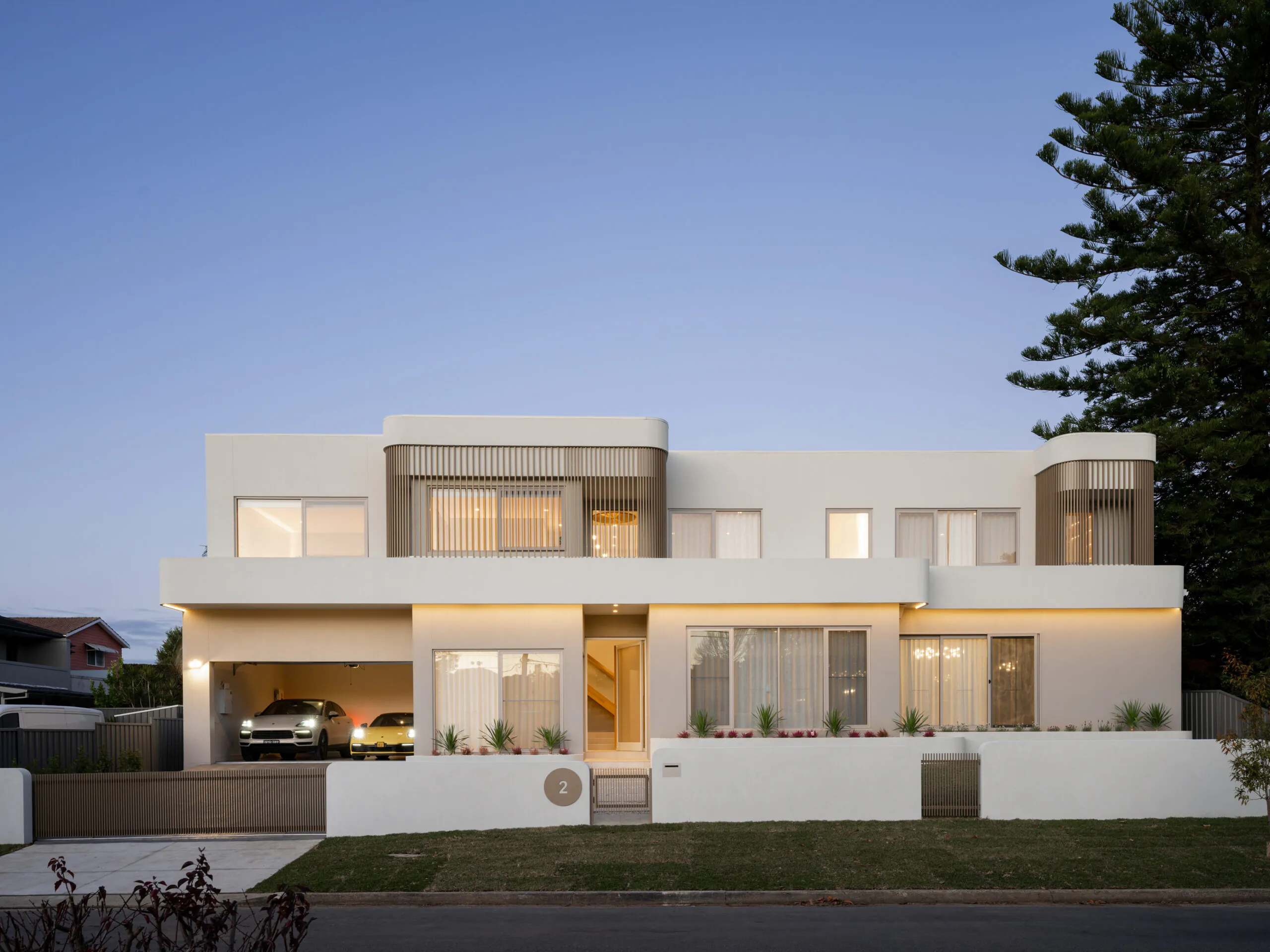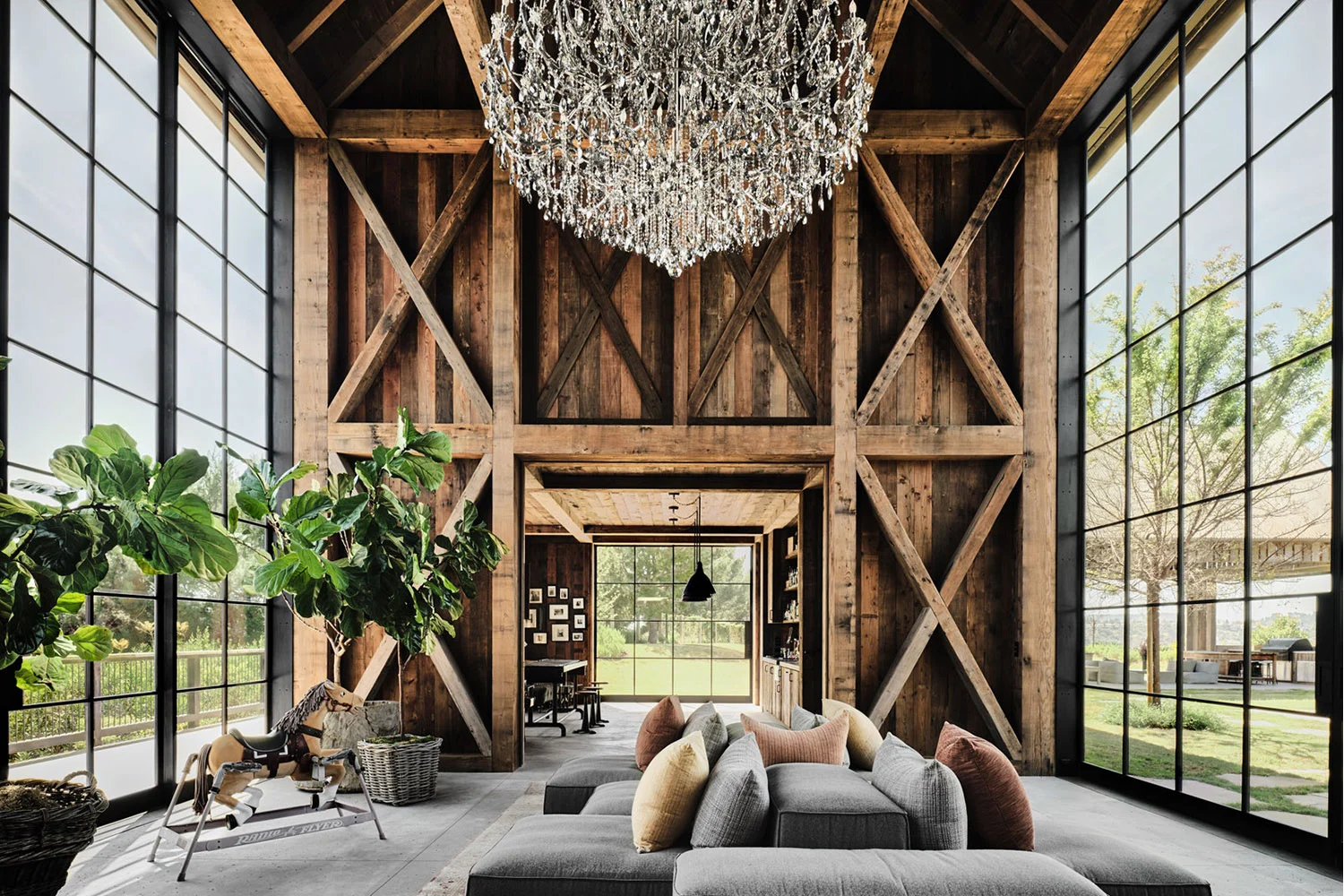Battle for the Forest: How “Anmore South” Could Triple a Village—and Split It in Two
Jun 3, 2025
Anmore council faces its biggest decision in decades: approve a 1 700-home master-planned community on 61 hectares of second-growth forest, or hold the line on one-acre lots that made the village famous. Supporters call it smart growth; critics warn of wildfire risk, traffic gridlock, and the end of Anmore’s rural soul.
A Village at a Crossroads
Anmore—population 2 700—sits in the forested hills north of Port Moody, bordered by Belcarra Regional Park and the glittering waters of Buntzen Lake. For a century, it has been Metro Vancouver’s semi-rural refuge: horses on Sunnyside Road, septic fields, no streetlights, and some of the region’s highest median incomes.
Enter “Anmore South.” Developer Icona Properties wants to turn 61 hectares (150 acres) of its privately owned timberland into a compact village of townhouses, condos, and small-lot homes surrounding a commercial high street. If built out to the proposed 1 700 units, Anmore’s population could leap past 8 000—triple overnight.
Council plans a final decision this fall. Until then, yard signs and social-media wars dominate every cul-de-sac conversation: “Yes to Homes” vs. “Protect Our Forest.”
What Exactly Is Being Proposed?
Component | Quantity | Notes |
Townhouses | 750 | 3–4 storeys, 1 600–2 100 sq ft |
Condo flats | 620 | 6–8 storeys, elevator buildings |
Carriage/laneway homes | 200 | Behind small lots |
Seniors’ assisted living | 80 beds | Operated by non-profit partner |
Commercial space | 5 800 m² | Grocer, café, medical clinic |
Parkland | 21 ha | Includes riparian buffers along Schoolhouse Creek |
Build-out horizon: 10–12 years over four phases. Icona promises 25 % below-market ownership (BC Housing affordable-home-ownership model) and 15 % purpose-built rental, rare in a municipality with zero apartments today.
Why Some Residents Are All-In
Housing for Grown-Up Kids
Anmore’s average detached price tops $2.8 million. Adult children of long-time residents simply cannot buy in. Project supporter Ashley Turner, 29, calls the plan “my first realistic path to live near my parents.”
Fiscal Reality
The village survives on a tiny tax base. Aging roads, a volunteer fire hall, and potential seismic upgrades loom. Anmore’s 2025 five-year plan forecasts a $4 million infrastructure deficit. Mayor John McEwen argues new rooftops are the only way to avoid perpetual tax spikes.
Environmental Trade-off
Icona’s consultants claim compact development plus 21 hectares of covenanted greenbelt beats status-quo one-acre sprawl, which would eventually privatize all 61 hectares behind gates and driveways.
The Opposition’s Red-Flag List
Wildfire Interface
Belcarra Park—and Anmore’s hillside—already sit in “extreme danger” zones (BC Wildfire Service 2024 map). Densifying a forest bowl, critics say, loads another 5 000 residents onto the single evacuation route, Sunnyside Road. Icona counters with a $12 million second egress to Port Moody’s David Avenue, but no binding funding is in place.
Infrastructure Sticker Shock
Village engineers estimate $68 million for water, sewer, and road upgrades. Icona offers $28 million in Development Cost Charges. Who pays the $40 million gap? Detractors fear future councils will download costs onto existing homeowners.
Character & Precedent
Opponents argue that if Anmore South passes, pressure will mount to up-zone every acre of one-acre zoning. “First domino” is the rallying cry on local Facebook groups.
The Wildfire Question: Lessons From 2021’s Eagle Ridge Blaze
In July 2021 a human-caused fire raced up Eagle Ridge, 3 km from the proposed site, torching 16 hectares before crews stopped it 200 m from homes. The evacuation order jammed Sunnyside for hours.
UBC forest engineer Dr. Lenora Wei runs simulation models for Anmore South:
Best case with fuel breaks and FireSmart roofing: evacuation clears in 42 minutes.
Status quo plus triple population: 2 hrs 15 min. “Unacceptable,” she says.
Icona pledges sprinkler-ready water-main loops, metal roofs, and on-site 50 000-gallon cisterns. Critics aren’t convinced: “You can’t hurricane-proof Miami,” quips resident Peter Toth. “You move the people out of the surge zone.”
Politicking Behind the Scenes
Icona lobbyists have met with provincial housing staff four times since January, seeking fast-track under BC’s Housing Supply Act if council balks.
Two councillors face recall-style petition drives from anti-South activists.
Metro Vancouver planners hint the regional district may refuse sewer allocations if wildfire and water-supply concerns stay unresolved.
Meanwhile, Provincial Housing Minister Ravi Kahlon publicly praises “villages stepping up,” but privately tells staff Anmore must “demonstrate evacuation resilience.”
Sweeteners on the Table: What Icona Offers Beyond Housing
Community-Use Hub
15,000 ft² flex building fronting the high street, to be leased for $1/year to a municipal/non-profit partnership.
Proposed tenants: satellite public library branch, drop-in youth studio space, and a two-room primary-care clinic.
Opposition scepticism: “A shell with no funding for operating costs,” says former councillor Annette Sinclair.
Transit Links
Icona promises to underwrite a 10-year, $4 million community-shuttle subsidy connecting Anmore South to Moody Centre SkyTrain every 20 minutes. TransLink likes the pilot but refuses a permanent commitment until ridership is proven.
Indigenous Partnerships
Squamish Nation carvers will supply cedar public-art pieces; revenue-sharing MOUs pledge 0.5 % of condo gross sales to a Squamish scholarship fund. A letter from Nation councillor Wilson Williams calls it “a respectful start,” while stressing land-title questions are unresolved.
Show-Me-the-Money: Can the Pro-Forma Survive Interest-Rate Reality?
Icona’s financial model—shared privately with council but leaked to the Tri-Cities Dispatch—assumes:
Variable | Assumption | Analyst Red Flag |
Construction inflation | 4 %/yr long-run | Runs >8 % past two years |
Absorption pace | 175 sales + 50 rentals per year | Local resale market totals avg. 90 deals/yr |
Average market-townhouse price 2029 | $1.25 M | Tri-Cities median 2024: $972 k |
Equity IRR hurdle | 12 % | Pension-fund partners now want 14 %+ |
If rates stay above 5 %, pro-forma equity yield slips under 9 %. Icona says phasing lets them “pause between stages” if the market cools. Critics worry “pause” equals half-finished roads and fallout shelters of plywood—à la stalled subdivisions in 2008.
Municipal finance staff ran a parallel stress test: should sales lag by 40 %, DCC shortfall could hit $9 million, blowing the village capital plan.
First Nations Consultation: Boxes Ticked or Genuine Engagement?
The 61-hectare tract lies within overlapping asserted territories of Tsleil-Waututh, Musqueam, and Squamish. Icona’s hired archaeologists found two Culturally Modified Trees and one lithic scatter. A tri-nation field monitor was present at 80 % of test pits.
Tsleil-Waututh letter (June 2025): “Additional cultural-resource work required before tree clearing.” Musqueam wants a language-revival grant tied to street naming. Squamish seeks contracting preferences for Nation-owned civil-works firms.
None of these asks are legally binding yet. Should council green-light rezoning without firm benefit agreements, nations could appeal to the Environmental Assessment Office, delaying logging until 2027.
The Clock: How Autumn 2025 Will Decide Everything
Date | Milestone | Stakes |
Sept 9 | Final public-hearing session (deferred from July overflow) | 120 speakers already registered |
Sept 30 | Staff report on wildfire egress + evacuation-time modelling | A negative staff recommendation could kill project |
Oct 14 | Council decision meeting | Simple majority (3 of 5) needed |
Nov 15 | If approved, Metro Van Board must grant sewer-service area extension | 50-vote weighted board; Burnaby & Vancouver reps hint at “no” without second-road guarantee |
Mini-Case Studies: Other Small B.C. Municipalities That Said “Yes”—or “No”
Municipality | Project | Outcome |
Langford (2021) | 1 100-unit “South Point” | Approved; doubled pop.; taxes fell 8 % but traffic complaints up 300 % |
Coldstream (2022) | 600-home hillside | Rejected; developer sued, OCP now in review, town faces $4 M legal bill |
Gibsons (2023) | 450-home Parklands phase 2 | Approved after 18 % affordable-housing condition; shovel hits ground this fall |
Lesson: saying no can be as expensive as saying yes.
Endgame Scenarios
Scenario A: Full Approval
Council okays rezoning; Icona secures financing; shovels by 2027. Tax base triples by 2035; wildfire-egress road built with cost-sharing; rural character fades but amenities grow.
Scenario B: Conditional Delay
Council demands 2nd-egress financing upfront; Icona balks; project shelved “until market improves.” Forest sits, but speculation pushes one-acre lots to $3 M+ anyway.
Scenario C: Rejection
Icona pivots to 120 luxury estates under existing zoning. Population grows slowly; tax deficit widens; village may levy big hikes or beg province for grants. Housing crisis worsens region-wide.
What’s Really at Stake for Metro Vancouver’s “Green Collar” Fringe
Anmore’s fight encapsulates bitter paradoxes haunting every rural-urban edge:
Climate vs. Housing: Dense villages near jobs cut car trips—if wildfire risk is managed.
Local Autonomy vs. Regional Need: Tiny councils wield veto power over thousands of homes.
Affluence vs. Affordability: One-acre zoning preserves bucolic wealth yet blocks next-gen locals from staying.
If the province intends to meet its 2030 housing-supply pledges, it may need to override small-town councils—or bankroll them so decisively that political resistance softens.
Decision Beyond the Trees
Anmore South is more than a development application; it’s a referendum on what Metro Vancouver values most—forest canopy or entry-level townhomes, two-lane serenity or regional growth targets.
Come October, five councillors in a cedar-scented hall will cast votes echoing far beyond village boundaries. Whether they plant the stakes for a compact, wildfire-hardened mini-city or preserve one-acre exclusivity, their decision will write a chapter in the region’s fraught housing story.
One thing is certain: whichever side loses will not quietly fade into the treeline. Courtrooms, referenda, or even provincial orders-in-council could yet decide the fate of 61 hectares that now sway to nothing but wind and woodpeckers.
























